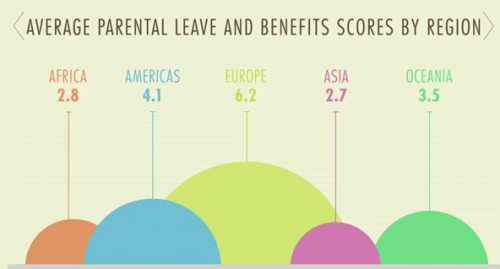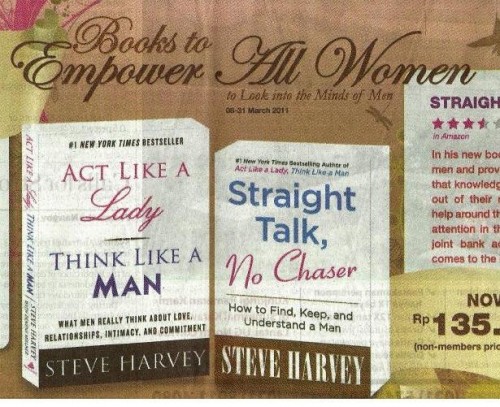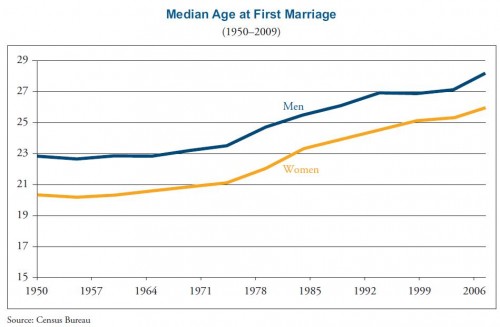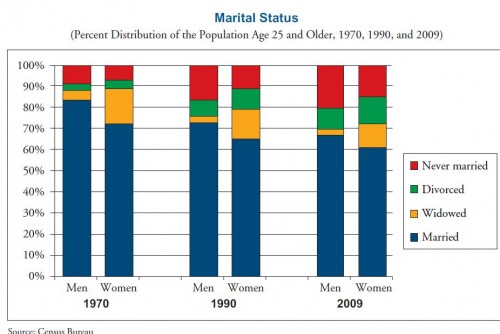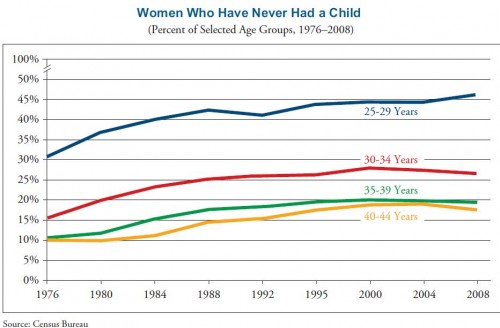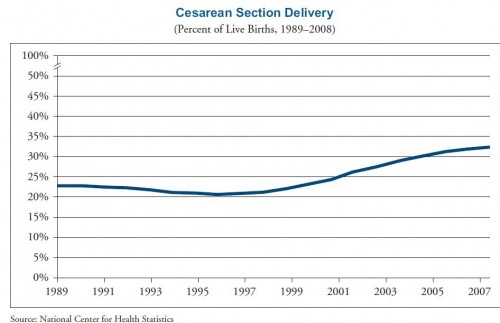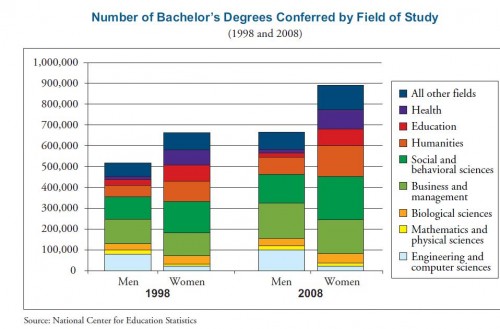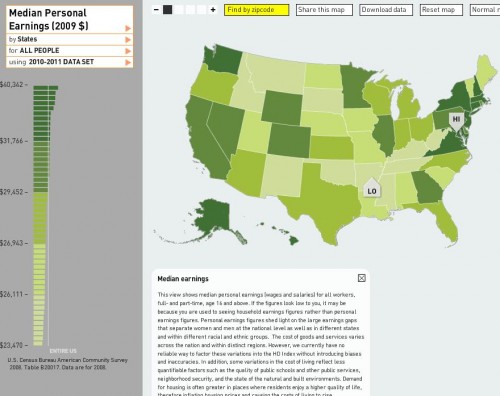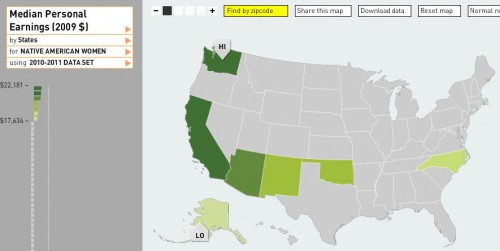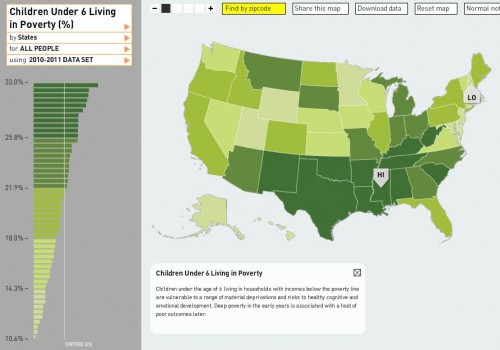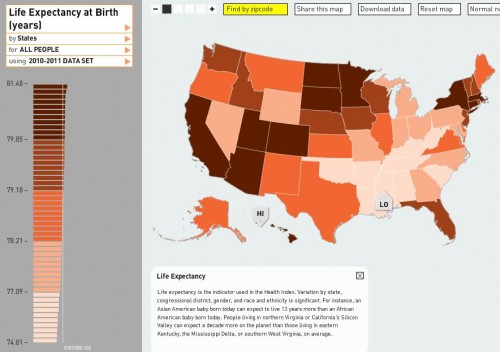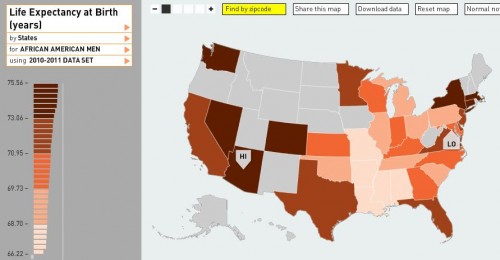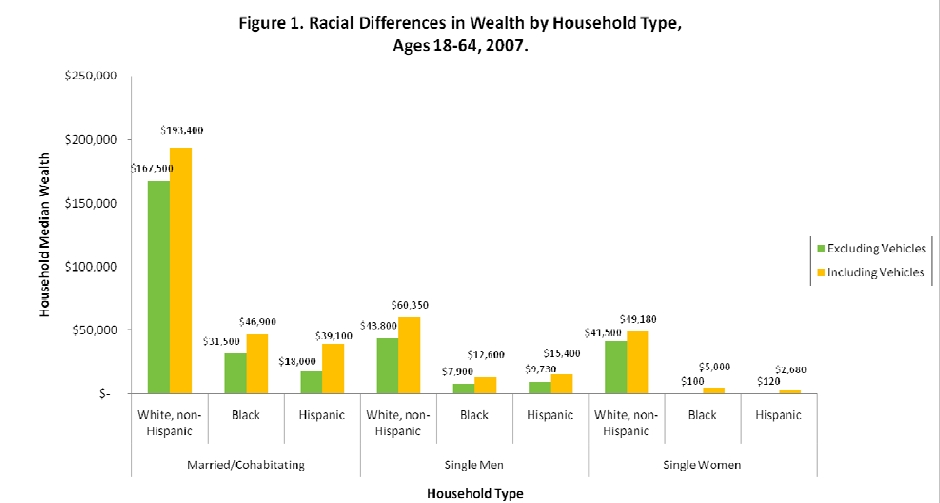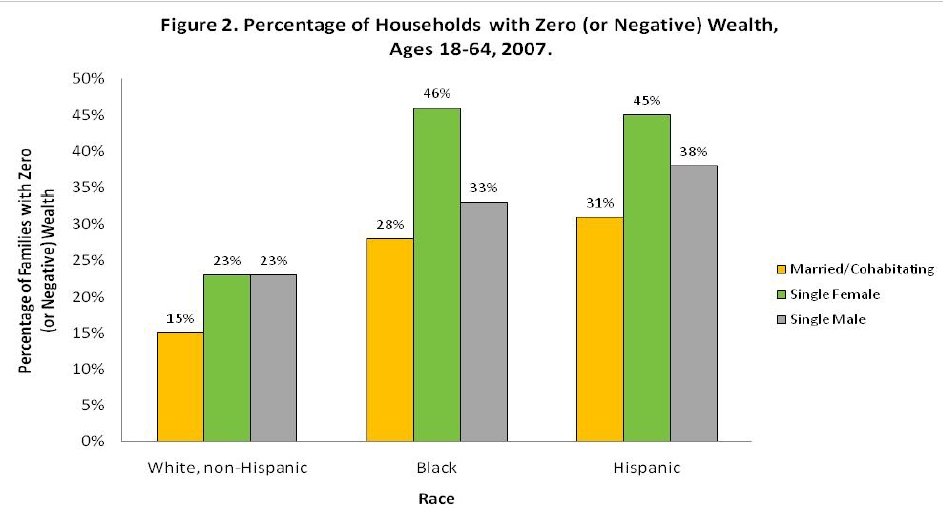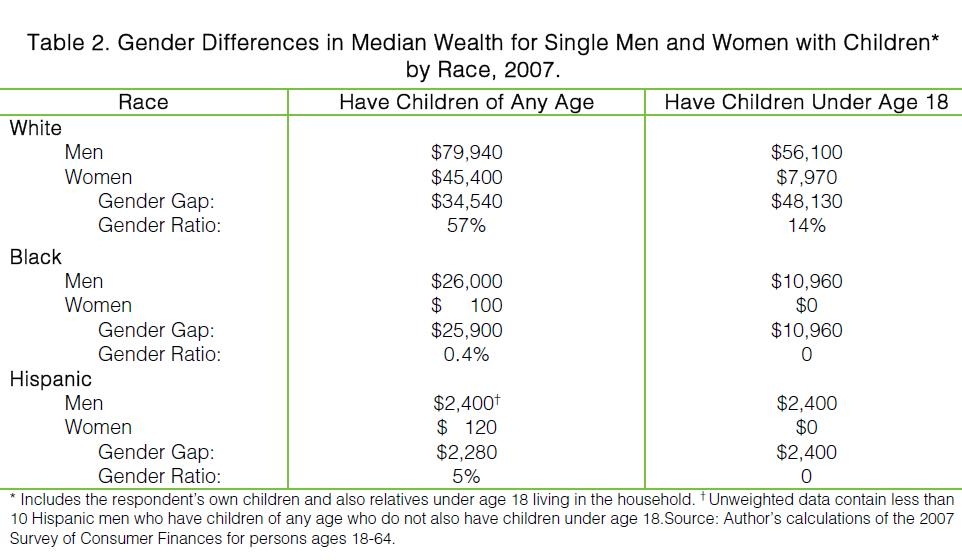Sara P. sent in a video from The Economist that highlight women’s economic opportunities worldwide. It is based on the results of an economic index ranking of 113 nations, focusing on issues such as workplace policies (for instance, access to paid maternity leave), education, access to the financial system, and the legal and social status of women in the economy (such as the right to work and social attitudes about women working for pay). The index also attempts to differentiate between official policy and actual practice to provide a better idea of the actual economic environment facing women in each country. The analysis is necessarily limited by the inclusion of only 113 countries (especially for Oceania, where only Australia and New Zealand were included), but it’s a worthwhile watch for a general overview:
You can read the full report here.

